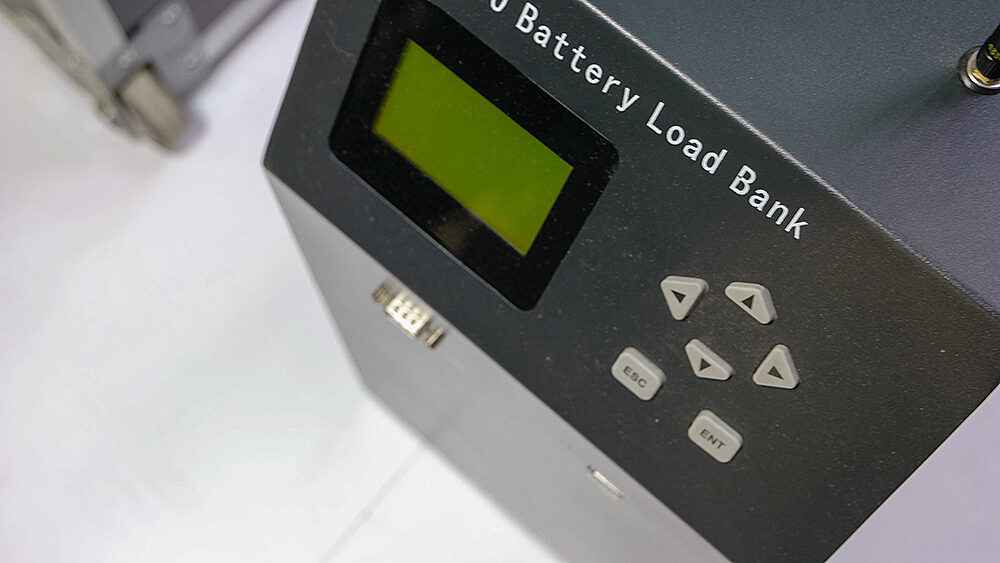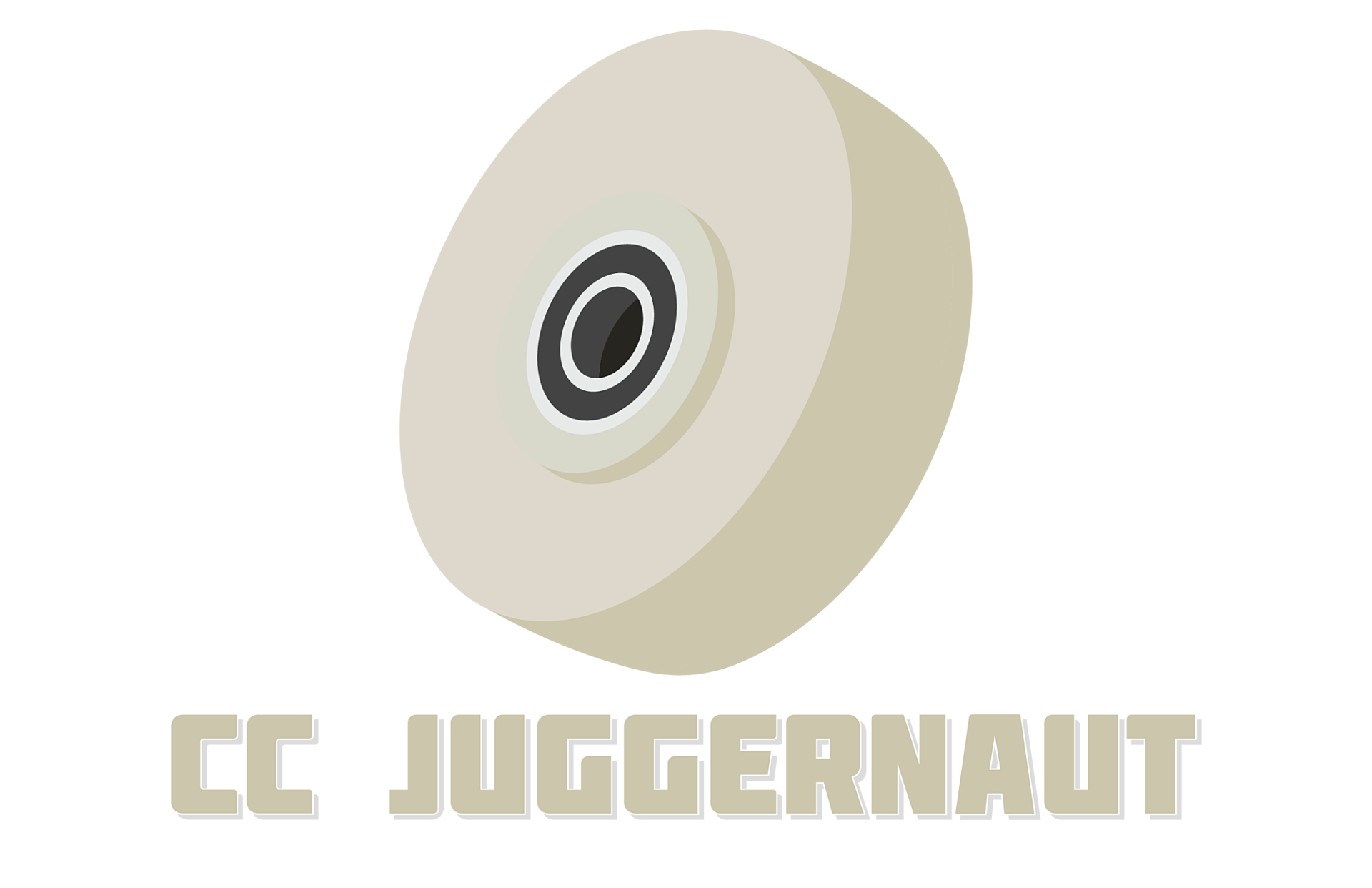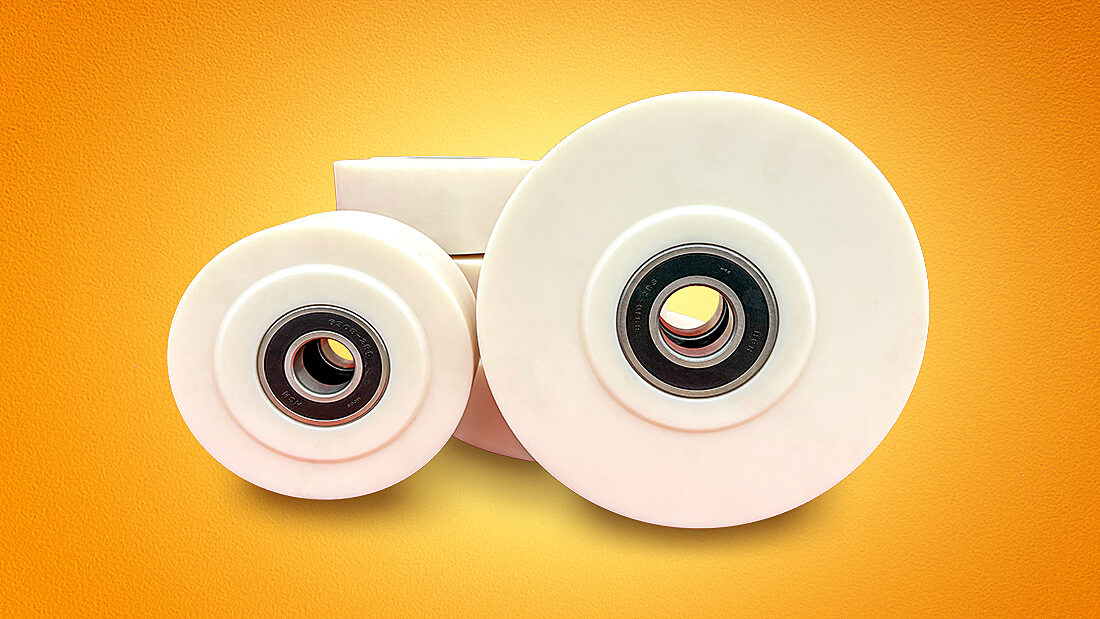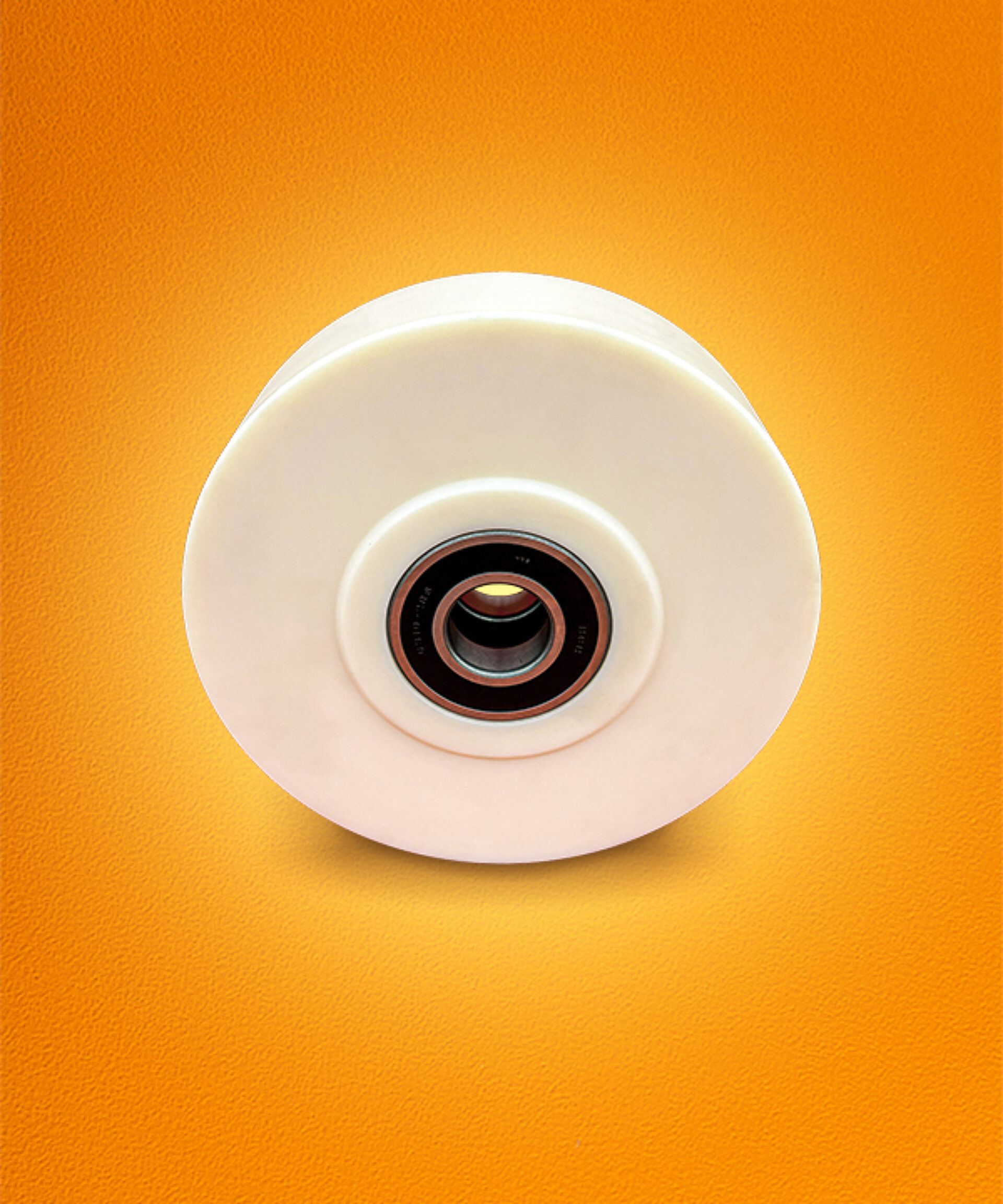Why Durable Casters Are Critical for Load Bank Performance

When you're moving a 2,500-lb load bank across a job site, the last thing you need is a caster failure. Unfortunately, it happens frequently—especially in harsh environments where terrain is rough, mobility is critical, and equipment reliability is non-negotiable.

At Caster Connection, we've seen the damage this causes firsthand. From unexpected breakdowns mid-project to lost revenue on the rental side, caster failure has one root cause more than any other: poor durability.
In this article, we'll cover the specific challenges load bank casters face, the real cost of failure, and why durable, well-matched casters should always be your top priority.
What Load Bank Casters Are Up Against
Load banks are not lightweight or gently handled. These machines are constantly transported, often rented, and routinely exposed to rough, unpredictable conditions.
Common challenges include:

Extreme Weight
Most load banks weigh between 2,000 and 3,000 pounds, placing immense weight on casters.

Outdoor Exposure
UV radiation, water, coolant, dust, and heat cycles can degrade casters quickly if they're not built for it.

Neglected Maintenance
Especially in rental fleets, casters get minimal inspection between uses.
Casters that aren’t designed for these conditions don’t gradually wear down. They break, and when they do, the consequences are immediate.
The Cost of A Caster Failure
A caster failure on a 2,500-lb unit is never minor. The consequences extend well beyond downtime:

Project Delays
When a caster breaks, so does the schedule.

Safety Hazards
A toppling load bank can cause serious injury or property damage.

Loss of Trust
In rental operations, a single failed caster can cost you a repeat client.
As one field manager put it,
"Nobody thinks about the casters until one breaks. And by then, it’s already a problem."
Why Durability Comes First
Before you consider tread style, brake type, or rig material, you need to answer one question:
Will this caster handle the environment and the weight?
If it won’t, none of the other features matter. A caster that fails under stress undermines the entire system. In load bank applications, that failure can mean downtime, damaged equipment, or even injury.
Durability is the foundation for everything else. It lowers your total cost of ownership, keeps your equipment in the field, protects your people, and delivers long-term ROI.




